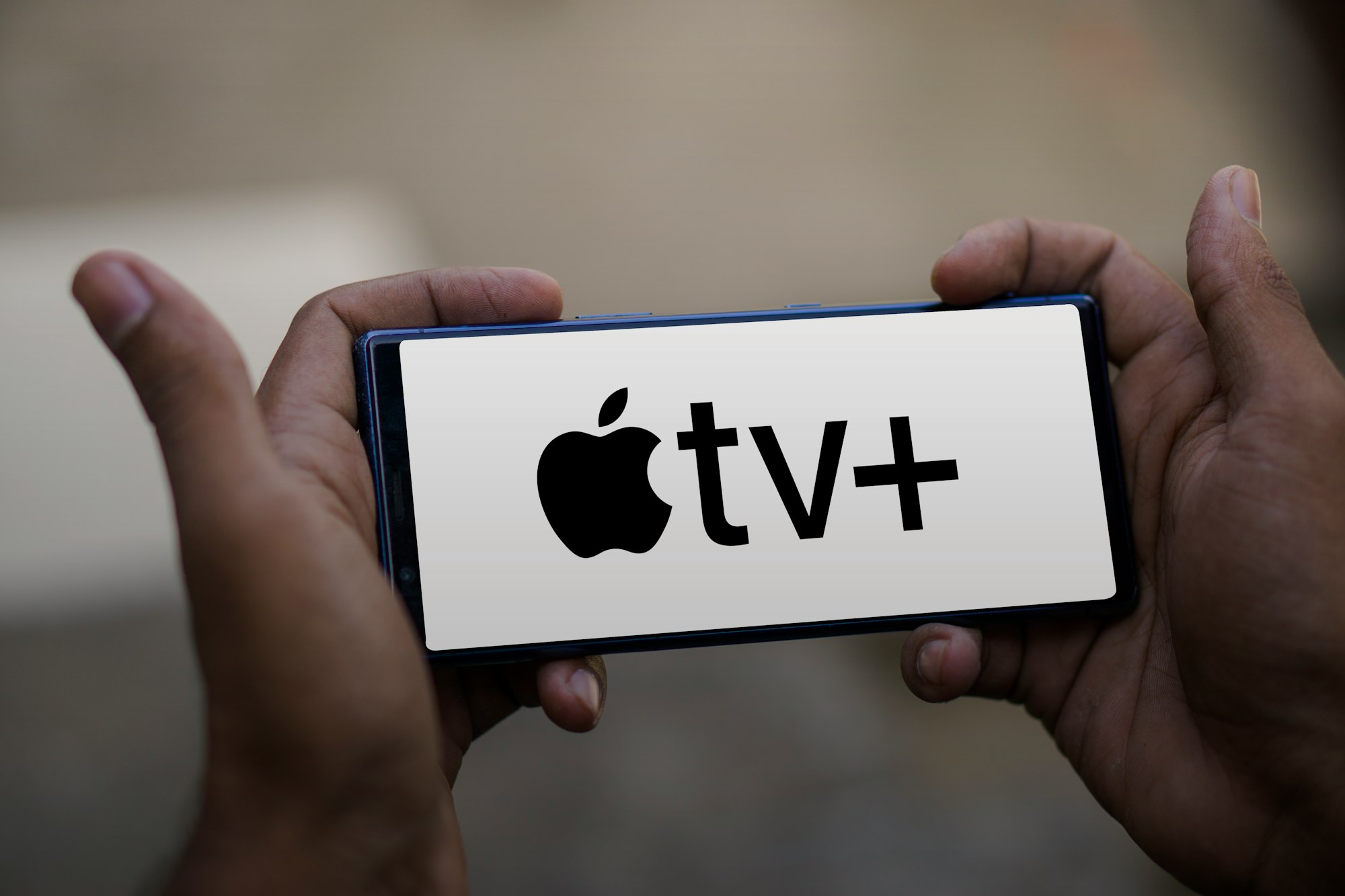Apple is reportedly losing $1 billion a year on its streaming service
Here's why.
When Apple TV+ launched in 2019, it came with prestige projects, Oscar-winning talent, and an Apple-sized ambition to shake up streaming. Five years and several Emmys later, it has great shows—Severance, Ted Lasso, The Morning Show, Silo—but still hasn’t found its Netflix moment.
Now, according to The Information, Apple is losing over $1 billion every year on its streaming service—the only subscription in its portfolio that isn’t profitable yet. That’s despite spending around $5 billion annually on TV+ content (trimmed slightly to $4.5B in 2024), and racking up over 2,500 award nominations and 500+ wins across its original titles.
So, what’s going wrong?
For one, the subscriber count isn’t where it needs to be. While Apple doesn’t publicly break out Apple TV+ numbers, insiders peg it at 45 million subscribers as of December 2024—miles behind Netflix’s 302 million, Amazon’s estimated 200 million, or Disney Plus’s 124.6 million. Even with all the critical acclaim, Apple TV+ still captures less than 1% of total U.S. streaming viewership in the U.S., per Nielsen's data.
But this might all be part of Apple’s plan.
Unlike Netflix, it seems Apple didn't design TV+ to be a standalone business. Instead, it's more of a supporting act—another reason to stay subscribed to Apple One, keep your iPhone, and stay in the ecosystem. Some analysts even call it a glorified “marketing expense” as Apple doesn’t sell ads, doesn’t rush content, and hasn’t chased subscriber numbers the way other platforms do.
Still, the platform has a hype problem. Shows like Severance might be a cult hit, and CODA won an Oscar, but few Apple originals have sparked the kind of cultural frenzy you’d expect from their price tags. Even big-budget plays like Killers of the Flower Moon and Napoleon fizzled at the box office. And promising titles like Pachinko or Masters of the Air barely make a cultural dent.
Yet Apple’s not backing down. It’s making TV+ free in regions like India and just opened it up to Android users—likely in a bid to grow viewership. Whether this billion-dollar bet turns into long-term loyalty is still up in the air. But for now, Apple seems content to keep streaming.








